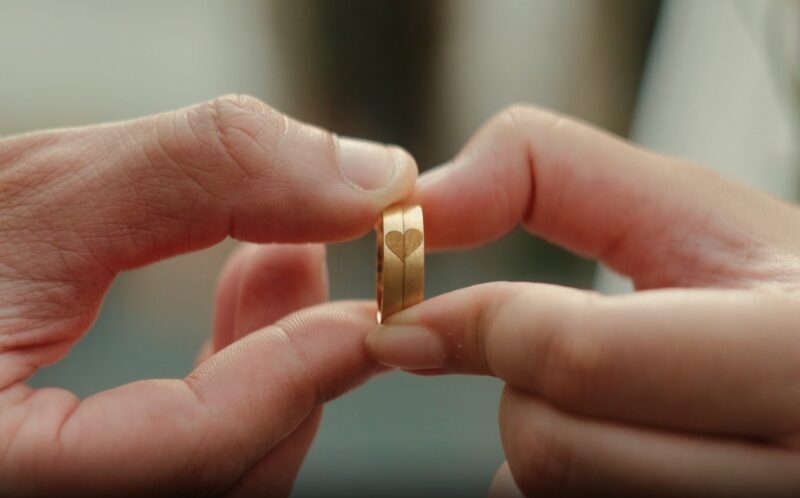The question of whether it’s bad luck to wear a wedding band before the wedding ceremony intertwines personal beliefs, cultural customs, and superstitions. This practice varies widely among individuals, with its acceptability hinging on cultural traditions and personal convictions regarding the symbolism of marriage.
Key Takeaway:
Bad Luck Linked to The Wedding Band
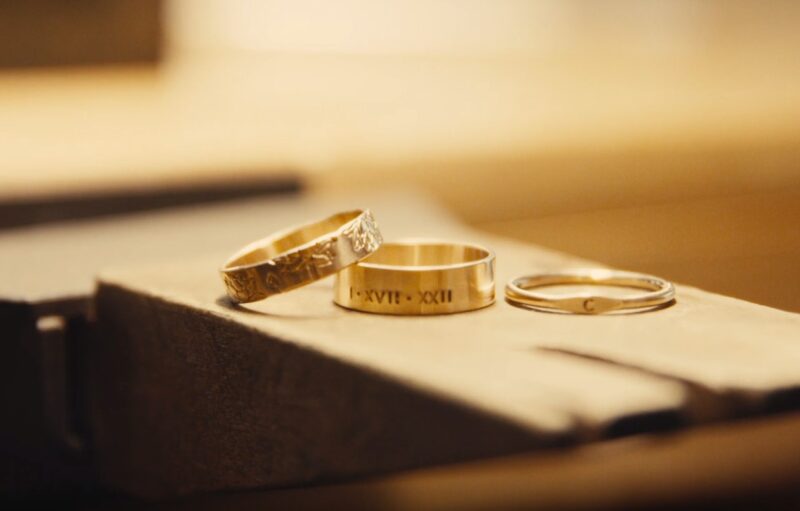
Wearing a wedding band before the ceremony is more about personal beliefs and cultural customs rather than a universally acknowledged standard of luck. In many cultures and traditions, rings are symbolic of the commitment and union between two individuals and are traditionally exchanged during the ceremony. This exchange signifies the start of the marriage and the bond between the couple.
For some people, wearing the ring before the official ceremony may feel like a premature celebration of that commitment, potentially considered bad luck or simply inappropriate by those who strictly adhere to marriage traditions. However, this is largely based on personal or cultural superstitions rather than a broadly accepted rule.
In contrast, others might not see any issue with wearing a matrimony band before the ceremony, viewing it as a personal choice or a way to symbolize their commitment even before the official celebration.
Ultimately, whether it’s considered bad luck or not to wear a matrimony band before your marriage depends on your personal beliefs, the traditions you follow, and what you feel comfortable with. There’s no right or wrong answer; it’s about what’s meaningful to you and your partner.
Posie Rings: In 16th-century England, lovers exchanged “posie rings,” small bands inscribed with poetic love phrases, as precursors to modern bands
Cultural Perspectives
Exploring the cultural perspectives on wearing a band before the ceremony reveals a fascinating mosaic of beliefs, traditions, and superstitions across the globe. These bands are universally recognized symbols of love and commitment, yet how they’re incorporated into the marriage process can vary widely.
Western Cultures
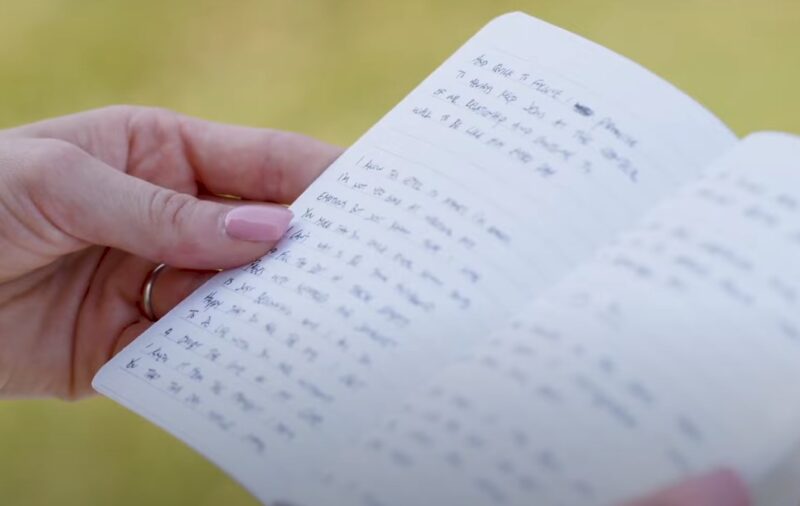
In many Western cultures, this ring is traditionally exchanged during the ceremony as a symbol of the vows taken between the couple. Wearing the band before the ceremony is uncommon and might be viewed by some as presumptuous or bad luck, reflecting a premature claim to a commitment not yet formally made.
Eastern Traditions
In some Eastern cultures, jewelry plays a significant role in ceremonies, but the specific traditions around wedding bands can differ. For example, in Indian culture, while the exchange of rings is a relatively new concept adopted from the West, it’s not typically considered bad luck to wear them before marriage. Instead, the focus is more on other significant jewelry, like the mangal sutra in Hindu ceremonies, which is only worn after the ceremony.
Scandinavian Practices
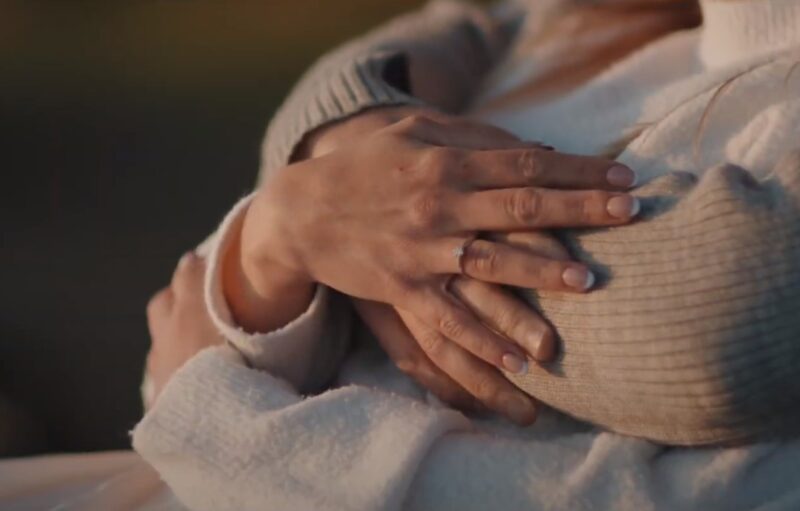
Scandinavian countries have a unique approach where both partners often wear simple engagement rings when they decide to get married. Then, during the ceremony, the bride might receive an additional ring, but the initial engagement ring serves as a symbol of the impending marriage, making the practice of wearing a ring before the ceremony not only acceptable but expected.
Jewish Tradition
In Jewish tradition, the ring plays a crucial role in the marriage ceremony, symbolizing the binding contract between the bride and groom. The tradition typically does not involve wearing the ring before the ceremony. The focus is on the exchange during the ceremony, reflecting the moment the commitment is sealed.
Latin American Views
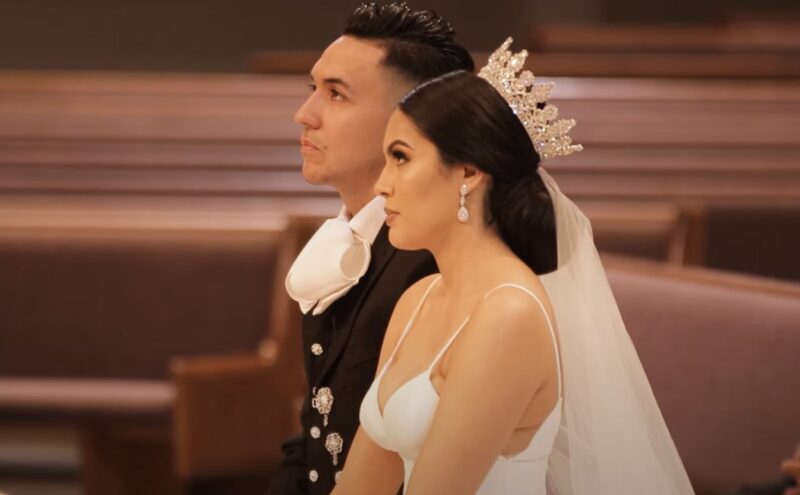
In some Latin American countries, couples exchange “arras” or unity coins along with their rings, symbolizing their commitment to sharing the financial aspects of their life. Wearing the ring before the ceremony isn’t widely discussed, as the emphasis is more on the symbolic exchange during the ceremony rather than the timing of wearing the ring.
Interesting Fact: The tradition of wearing wedding bands dates back to ancient Egypt, where rings were made from twisted hemp or reeds, symbolizing eternal love.
The Symbolism of Wedding Rings
The symbolism of wedding bands is rich and profound, transcending mere ornamentation to embody deep meanings within the context of marriage. These small, often simple, circular bands are loaded with significance, playing a crucial role in marriage ceremonies across cultures and throughout history.
Eternal Unity

The circular shape of the ring is perhaps its most universally recognized symbol, representing eternity. This unending loop signifies the infinite nature of love and the unbreakable bond between two people. In the context of a marriage ceremony, exchanging these rings symbolizes the couple’s commitment to a lifelong union, an endless journey together through the highs and lows of life.
The Circle of Life
Beyond the notion of eternity, the circle is also a symbol of wholeness and perfection. It reflects the completeness that individuals find in their partnership, suggesting that within the unity of marriage, the couple encompasses a whole greater than the sum of its parts. This symbolism is celebrated in ceremonies as the moment when two lives become intricately intertwined, sharing not just their present but an endless future.
Material and Design
The materials from which rings are made also carry symbolic weight. Traditionally crafted from precious metals like gold or platinum, these materials are chosen for their durability and beauty, symbolizing the strength and purity of the relationship. Some cultures imbue additional meaning into the choice of material, with gold often representing prosperity and vitality, and platinum symbolizing enduring love due to its resilience and rarity.
Personal and Cultural Significance
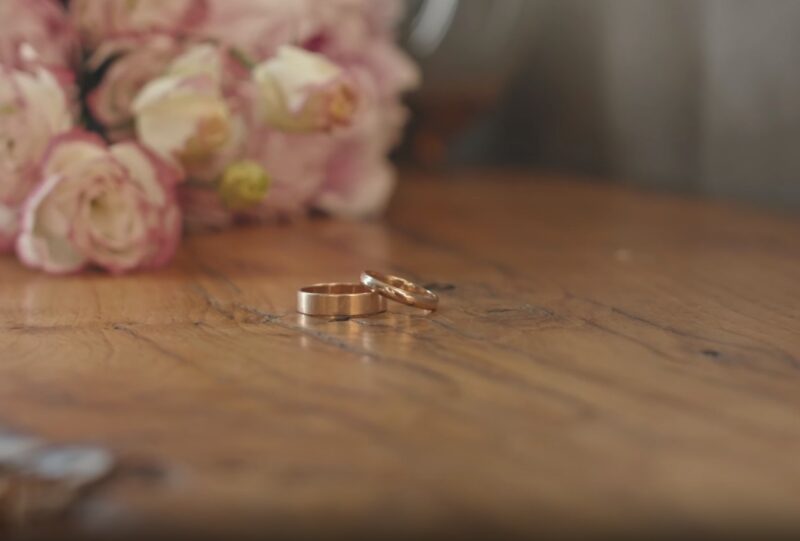
While the basic symbolism of rings is widely understood, they also serve as a canvas for personal and cultural expressions. Many couples choose to inscribe their rings with messages, dates, or symbols that hold personal significance, further deepening the ring’s meaning as a token of their unique bond. Similarly, in various cultures, the design, material, and even how rings are worn can reflect deeper cultural meanings and traditions related to marriage and commitment.
A Public Declaration
Wearing a wedding ring is also a public declaration of one’s marital status and a visible sign of the commitment made. It tells the world about the wearer’s dedication to their partner and the promises they have exchanged. This aspect of wedding bands reinforces the idea of accountability and the societal recognition of the marriage as a significant and binding contract.
Fun Fact: Romans believed the wedding ring should be worn on the fourth finger of the left hand, which was thought to contain the “vein of love” directly connected to the heart.
Expert Opinions
Insights from wedding planners, cultural experts, and religious leaders on the topic of wearing rings before the ceremony enrich the discussion with professional and diverse viewpoints.
Wedding Planners

Practical Considerations: Event planners might discuss the practical aspects of choosing and wearing rings before the ceremony. They could provide advice on timing for purchasing rings, considerations for custom designs, and the importance of ensuring a perfect fit.
Planners might also share trends they’ve observed, such as couples wearing temporary rings or engagement rings on different fingers as placeholders for the actual rings.
Symbolic Gestures: They often see the personal and intimate decisions couples make about their wedding rings, including inscriptions and custom designs that imbue the rings with individual meaning. Event planners might emphasize the importance of these choices in making the ring more than just a piece of jewelry but a symbol of the couple’s unique story and commitment.
Cultural Experts
Cultural Diversity: Experts in cultural traditions could offer insights into the varied customs surrounding rings across different societies. They might explain how the timing of wearing rings and the materials chosen reflect cultural beliefs about marriage, commitment, and luck.
Historical Evolution: Cultural experts can provide context on how the traditions around wedding bands have evolved, influenced by social, economic, and religious factors. They might discuss how modern practices blend traditional customs with contemporary values, leading to a wide range of practices regarding rings before the ceremony.
Religious Leaders
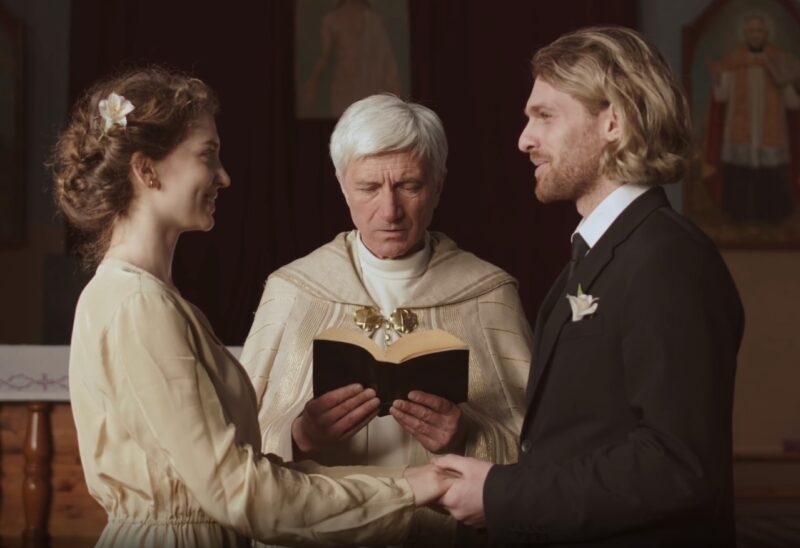
Religious Significance: Religious leaders could explain the spiritual meanings attached to wedding bands within different faiths. They might discuss how the timing of wearing the ring, the material, and the act of exchanging rings during the ceremony is imbued with religious significance, reflecting the sacred bond of marriage.
Guidance and Counseling: In their role, religious leaders often provide pre-marital counseling to couples, during which the symbolism and traditions of marriage, including those surrounding wedding bands, are discussed. They could share insights into how they counsel couples to think about their rings not just as jewelry but as a symbol of their vows and commitment under the eyes of their faith.
FAQs
Can I wear my wedding ring before the ceremony if it’s a family tradition?
Yes, following family traditions regarding wedding bands is a personal choice that can add special meaning to your union.
Is it common for both partners to wear engagement rings in some cultures?
Yes, in some cultures, both partners wear engagement rings as a sign of their impending marriage.
Do the materials of the wedding rings have cultural significance?
Yes, the choice of material can reflect cultural beliefs about prosperity, purity, and the strength of the union.
Is inscribing personal messages on wedding bands a widespread practice?
Inscribing personal messages is a popular way to add individual significance to wedding bands.
Can wearing a ring before the wedding be considered a modern trend?
Yes, modern trends increasingly accommodate personal preferences, including wearing rings before the ceremony.
Conclusion
The practice of wearing a ring before the wedding ceremony encompasses cultural, symbolic, and personal dimensions. While traditional beliefs and cultural customs may guide individuals in their decision-making, the modern landscape of marriage embraces a more individualized approach.
The circular shape of wedding bands symbolizes eternal love and commitment across cultures, but the timing of wearing these bands, the materials chosen, and the incorporation of personal inscriptions are deeply influenced by personal preferences, cultural backgrounds, and sometimes religious beliefs.
Insights from cultural experts, and religious leaders highlight the diversity of practices and the evolving nature of traditions surrounding wedding bands. The decision to wear a ring before the ceremony is a personal one, reflecting the unique bond between partners and their shared journey towards marriage. The FAQs further underscore the flexibility and personalization that modern couples bring to this enduring symbol of love and commitment.
